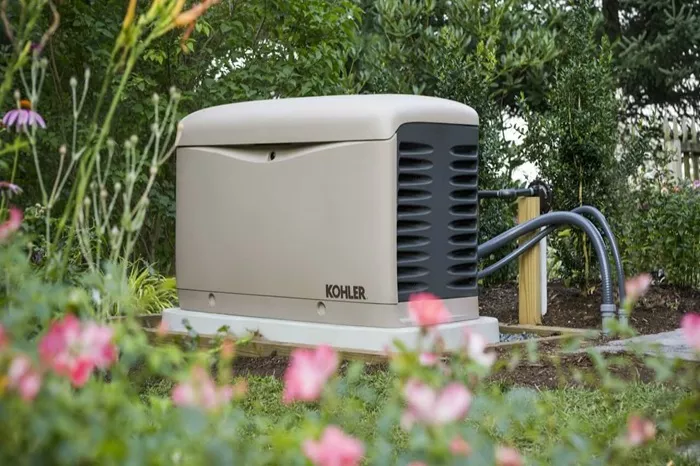When the power goes out, a reliable home generator keeps your lights on, your food fresh, and your family comfortable. But with so many types of generators available, how do you choose the best one for your needs? This guide breaks down the different types of generators, their pros and cons, and key factors to consider before buying.
Types of Home Generators
Portable Generators
Portable generators are the most common and affordable option for home backup power. They run on gasoline, propane, or diesel and can power essential appliances during an outage.
Pros
- Lower upfront cost
- Easy to move and store
- Can be used for camping or outdoor events
Cons
- Must be manually started
- Limited power output (usually 3,000–8,500 watts)
- Requires fuel storage and refilling
Best For: Small homes or powering a few critical appliances.
Inverter Generators
Inverter generators are a type of portable generator that produce clean, stable electricity, making them safe for sensitive electronics like laptops and smartphones.
Pros
- Quiet operation
- Fuel-efficient
- Safe for electronics
Cons
- Higher cost than standard portable generators
- Lower power output (typically 1,000–4,500 watts)
Best For: RV owners, small households, or those needing power for sensitive devices.
Standby Generators
Standby generators are permanently installed outside your home and automatically turn on when the power goes out. They run on natural gas or propane and can power an entire house.
Pros
- Automatic operation
- High power output (7,500–20,000 watts or more)
- No need for refueling (if connected to a gas line)
Cons
- Expensive installation
- Requires professional maintenance
Best For: Large homes or areas with frequent power outages.
Solar Generators
Solar generators use solar panels to charge batteries, providing clean, renewable energy without fuel.
Pros
- No fuel costs
- Silent operation
- Environmentally friendly
Cons
- Limited power output unless paired with large battery banks
- Dependent on sunlight availability
Best For: Eco-conscious homeowners or as a backup for small power needs.
Key Factors to Consider When Choosing a Generator
Power Requirements
Calculate your home’s wattage needs by adding up the power consumption of essential appliances (fridge, lights, sump pump, etc.). A 5,000–7,500-watt generator can handle basics, while 10,000+ watts may be needed for whole-house power.
Fuel Type
Gasoline: Easily available but has a short shelf life.
Propane: Stores longer but requires tanks.
Diesel: Efficient but noisy and expensive.
Natural Gas: Unlimited supply if connected to a gas line.
Runtime & Fuel Efficiency
Check how long the generator runs on a full tank. Inverter generators are the most fuel-efficient, while standby generators offer the longest runtime.
Noise Level
Portable generators can be loud (60–75 dB), while inverter and solar models are quieter (50–60 dB). Standby generators are also relatively quiet.
Transfer Switch Requirement
For safety, a transfer switch is needed to connect a generator to your home’s electrical system. Standby generators include this feature, while portable models may require separate installation.
Maintenance & Safety Tips
- Regular oil changes (every 50–100 hours of use).
- Store fuel properly (use stabilizers for gasoline).
- Test monthly to ensure reliability.
- Never run indoors (risk of carbon monoxide poisoning).
Conclusion
Choosing the right generator depends on your power needs, budget, and fuel preferences. By understanding these factors, you can ensure your home stays powered during an outage. Would you like recommendations based on your specific home setup? Let us know in the comments!

